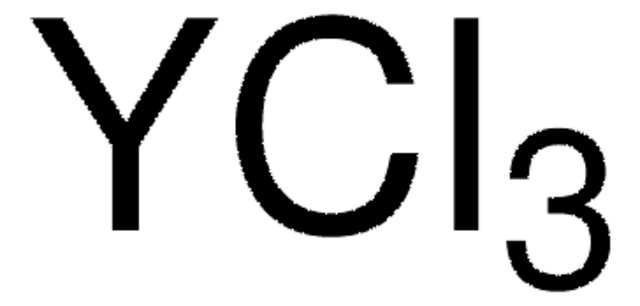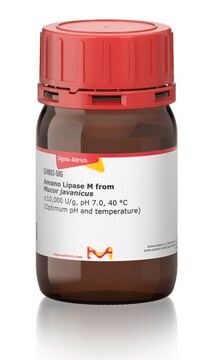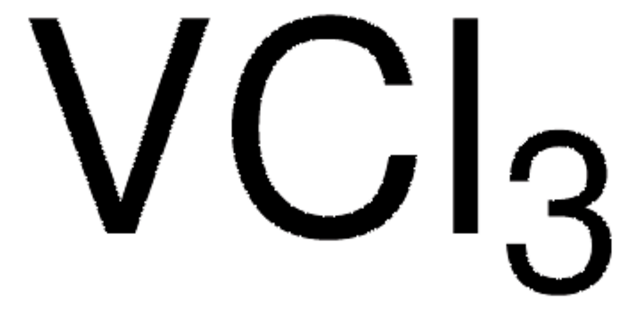おすすめの製品
由来生物
rabbit
品質水準
結合体
unconjugated
抗体製品の状態
affinity isolated antibody
抗体製品タイプ
primary antibodies
クローン
polyclonal
フォーム
buffered aqueous solution
分子量
54 kDa
交差性
rat, human, rabbit, mouse, horse, dog
濃度
0.5 mg - 1 mg/mL
テクニック
immunohistochemistry: suitable
western blot: suitable
NCBIアクセッション番号
UniProtアクセッション番号
輸送温度
wet ice
保管温度
−20°C
ターゲットの翻訳後修飾
unmodified
遺伝子情報
human ... CHEK1(1111)
詳細
CHEK1 is a serine/threonine kinase that functions as a sensor for the stress response pathway in cells. It is activated by ATR kinase phosphorylation in response to DNA damage, and can subsequently modulate p53 phosphorylation. CHEK1 activity is inhibited by BCL6 in B cells.
Rabbit Anti-CHEK1 antibody recognizes zebrafish, bovine, chicken, human, mouse, rat, and canine CHEK1.
Rabbit Anti-CHEK1 antibody recognizes zebrafish, bovine, chicken, human, mouse, rat, and canine CHEK1.
免疫原
Synthetic peptide directed towards the middle region of human CHEK1
アプリケーション
Rabbit Anti-CHEK1 antibody can be used for western blot applications at a concentration of 0.5μg/ml. It can also be used for immunohistochemistry at 4-8μg/ml.
生物化学的/生理学的作用
CHEK1 is required during normal S phase to avoid aberrantly increased initiation of DNA replication, thereby protecting against DNA breakage. Its expression is dispensable for somatic cell death and critical for sustaining G2 DNA damage checkpoint.
シーケンス
Synthetic peptide located within the following region: WSCGIVLTAMLAGELPWDQPSDSCQEYSDWKEKKTYLNPWKKIDSAPLAL
物理的形状
Purified antibody supplied in 1x PBS buffer with 0.09% (w/v) sodium azide and 2% sucrose.
免責事項
Unless otherwise stated in our catalog or other company documentation accompanying the product(s), our products are intended for research use only and are not to be used for any other purpose, which includes but is not limited to, unauthorized commercial uses, in vitro diagnostic uses, ex vivo or in vivo therapeutic uses or any type of consumption or application to humans or animals.
適切な製品が見つかりませんか。
製品選択ツール.をお試しください
保管分類コード
10 - Combustible liquids
WGK
WGK 3
引火点(°F)
Not applicable
引火点(℃)
Not applicable
適用法令
試験研究用途を考慮した関連法令を主に挙げております。化学物質以外については、一部の情報のみ提供しています。 製品を安全かつ合法的に使用することは、使用者の義務です。最新情報により修正される場合があります。WEBの反映には時間を要することがあるため、適宜SDSをご参照ください。
Jan Code
AV32589-100UL:
AV32589-50UG:
最新バージョンのいずれかを選択してください:
Stella M Ranuncolo et al.
Blood cells, molecules & diseases, 41(1), 95-99 (2008-03-19)
BCL6 is a transcriptional repressor protein that is expressed in a developmentally regulated fashion during B-cell maturation. Specifically, BCL6 is required for formation of germinal centers in response to T-cell dependent antigen activation. Germinal center B-cells feature the ability to
Hala Gali-Muhtasib et al.
Cancer research, 68(14), 5609-5618 (2008-07-18)
There are few reports describing the role of p53-dependent gene repression in apoptotic cell death. To identify such apoptosis-associated p53 target genes, we used the pro-oxidant plant-derived drug thymoquinone and compared p53+/+ and p53-/- colon cancer cells HCT116. The p53
Feng Li et al.
Nature communications, 12(1), 3845-3845 (2021-06-24)
Atr is a serine/threonine kinase, known to sense single-stranded DNA breaks and activate the DNA damage checkpoint by phosphorylating Chek1, which inhibits Cdc25, causing cell cycle arrest. This pathway has not been implicated in neuroregeneration. We show that in Drosophila
Yin Xie et al.
Medical oncology (Northwood, London, England), 31(3), 844-844 (2014-01-28)
Checkpoint kinase 1 (CHEK1) is an evolutionarily conserved Ser/Thr kinase, which mediates cell-cycle arrest after DNA damage, and we previously reported that CHEK1 was overexpressed and associated with poor prognosis in hepatocellular carcinoma (HCC), indicating it was oncogenic gene. In
Judy Yan et al.
Experimental cell research, 328(1), 132-142 (2014-08-26)
Despite the development of chemoresistance as a major concern in prostate cancer therapy, the underlying mechanisms remain elusive. In this report, we demonstrate that DU145-derived prostate cancer stem cells (PCSCs) progress slowly with more cells accumulating in the G1 phase
ライフサイエンス、有機合成、材料科学、クロマトグラフィー、分析など、あらゆる分野の研究に経験のあるメンバーがおります。.
製品に関するお問い合わせはこちら(テクニカルサービス)







